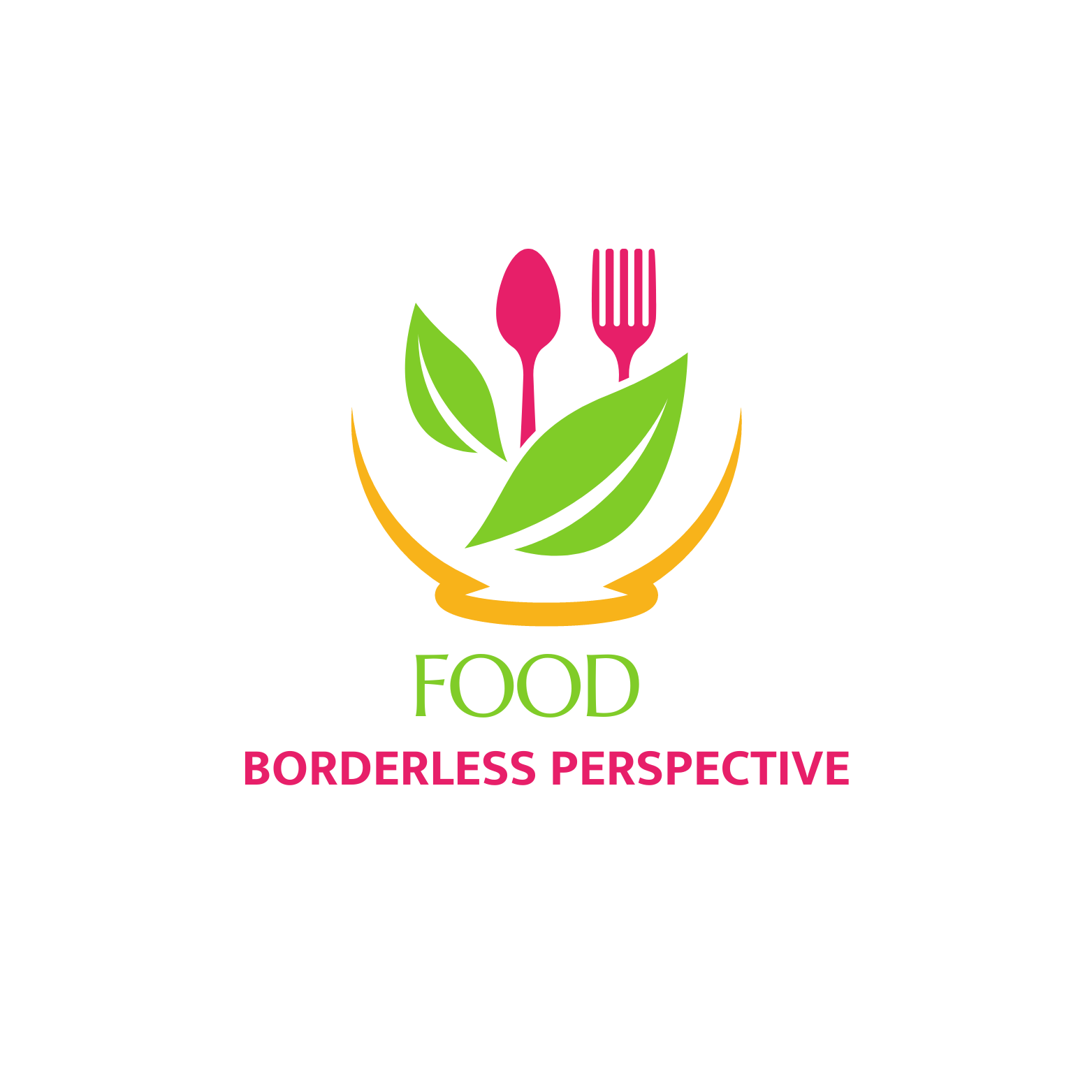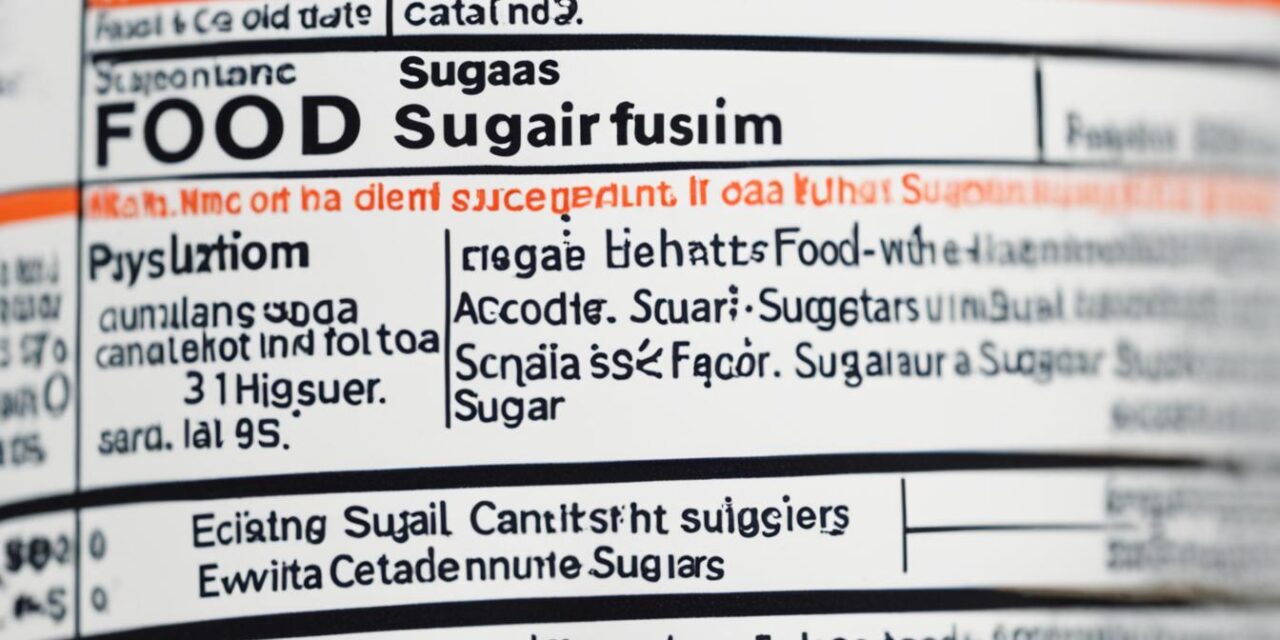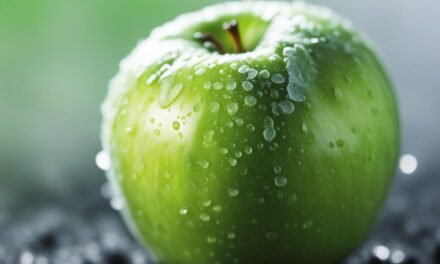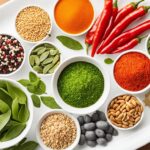Did you know that the average American consumes about 77 grams of added sugar per day?
That’s equivalent to approximately 19 teaspoons of sugar!
With such a staggering amount of sugar in our diets, it’s more important than ever to be able to decipher the information hidden within food labels. But how can you spot the hidden sugar, salt, and other unhealthy ingredients lurking in your favorite products?
In this article, we’ll take you on a journey to decode food labels, giving you the knowledge and tools to make informed choices about the foods you consume. From understanding serving sizes and ingredient lists to deciphering nutrition facts and unraveling misleading claims, we’ll empower you to navigate through the world of food labels and take control of your health.
So, let’s get started on our mission to decode food labels and uncover the secrets behind hidden sugar, salt, and unhealthy ingredients!
Key Takeaways:
- Reading food labels is essential for making informed choices about your diet.
- Pay attention to serving sizes and adjust nutritional information accordingly.
- Ingredient lists can reveal hidden sugars, salts, and unhealthy additives.
- Understand nutrition facts such as calorie count, fat content, carbohydrates, and protein.
- Be skeptical of misleading claims on food packaging and focus on the actual ingredients and nutritional value.
The Importance of Reading Food Labels
When it comes to taking charge of your health and making informed choices about what you eat, reading food labels is essential. Food experts stress the significance of examining these labels to gain a better understanding of the content of the products you consume. By reading food labels, you unlock the key to unraveling hidden sugar, salt, and unhealthy additives in your food choices.
Knowing how to decode food labels empowers you to prioritize healthier options and avoid products that could negatively impact your well-being. It gives you the ability to make conscious decisions about the nutritional value of the foods you buy, ensuring that you are nourishing your body with the right substances.
The journey towards a healthier lifestyle starts with a simple act―reading food labels. By armed yourself with knowledge, you are not just making informed choices, but also taking proactive control of your health.
Understanding the nutritional value of the foods you consume plays a vital role in maintaining a balanced diet. Reading food labels allows you to assess the nutritional content and make adjustments according to your dietary needs and goals.
Making Informed Choices
Familiarizing yourself with the information provided on food labels enables you to evaluate the nutrient composition of various products. By paying attention to details such as calorie count, fat content, carbohydrates, and protein, you can make more informed choices that align with your health objectives.
Let’s take a look at an example of how reading food labels can impact your decision-making:
| Product A | Product B |
|---|---|
| Calories: 150 | Calories: 250 |
| Total Fat: 6g | Total Fat: 15g |
| Carbohydrates: 20g | Carbohydrates: 40g |
| Protein: 5g | Protein: 10g |
In this example, by reading the food labels, you can see that Product A has lower calories, fat, carbohydrates, and protein compared to Product B. This information can help you make a more informed decision based on your specific dietary requirements.
Nutritional Value
The nutritional value of the foods you consume directly impacts your overall health. Reading food labels allows you to assess the nutritional profile and make informed choices that support your well-being. By understanding the content of your food, you can prioritize essential nutrients and avoid excessive intake of sugar, salt, and unhealthy additives.
In the case of hidden sugars, for example, food labels often use different names for sugar to disguise its presence. By familiarizing yourself with these sugar names, you can identify hidden sugars and make healthier choices.
The combination of reading food labels and understanding their nutritional value is a powerful tool in your journey towards a healthier lifestyle. It empowers you to choose foods that fuel your body with the necessary nutrients, making a positive impact on your overall health and well-being.
Understanding Serving Sizes and Ingredients
When it comes to deciphering food labels, serving sizes and ingredient lists hold valuable information that can help you make informed choices about the nutritional value of the food you consume. Let’s dive into these two important factors to better understand how they impact your dietary decisions.
Serving Sizes: More Than Meets the Eye
Have you ever noticed that the serving size indicated on food labels is often smaller than what you typically consume? This can be misleading and may result in underestimating the actual amount of nutrients you’re getting. It’s essential to be mindful of the true serving size and adjust the nutritional information accordingly.
To illustrate this point, let’s take a look at a popular breakfast cereal:
| Per Serving | Actual Portion | |
|---|---|---|
| Serving Size | 1 cup (30g) | 1.5 cups (45g) |
| Calories | 120 | 180 |
| Sugar | 8g | 12g |
| Fat | 2g | 3g |
In the example above, the recommended serving size is 1 cup (30g). However, most people tend to consume around 1.5 cups (45g) in a single serving. This means that the actual calories, sugar, and fat content are higher than what is stated on the label. It’s crucial to be aware of these differences and adjust your calculations accordingly to make more accurate dietary choices.
Unveiling Hidden Sugars and Fats
Hidden sugars and fats can sabotage your efforts to maintain a balanced diet. By examining the ingredient list on food labels, you can uncover any sneaky additives and make more informed decisions about the nutritional content of the product.
Let’s consider a popular yogurt brand and its ingredient list:
“Low-Fat Vanilla Yogurt Ingredients: Skim Milk, Sugar, Modified Corn Starch, Natural and Artificial Flavor, Vanilla Extract, Citric Acid, Yogurt Cultures.”
From this ingredient list, it is clear that sugar is one of the main ingredients. While the label may claim “low-fat,” the high sugar content may outweigh the potential health benefits. By understanding the ingredient list and recognizing hidden sugars and fats, you can choose alternative products with lower sugar and fat content.
Remember, being aware of the serving sizes and ingredient lists empowers you to make more informed choices about the foods you consume. This knowledge helps you prioritize healthier options and avoid products with hidden sugars and fats that may impact your overall well-being.
Image Description: Hidden Sugars and Fats
Deciphering Nutrition Facts
When it comes to making healthier choices, understanding the nutrition facts on food labels is key. This section provides valuable information about the calorie count, fat content, carbohydrates, and protein in a product. By deciphering these details, you can confidently gauge the nutritional quality of the food you’re considering.
Calorie Count
Knowing the calorie count of a food item allows you to manage your calorie intake and maintain a balanced diet. Different products vary greatly in their calorie content, so it’s essential to pay attention to this information.
Fat Content
Fat is an important macronutrient, but it’s crucial to be mindful of your intake. The fat content listed on food labels helps you understand the amount of fat in a product. Keep in mind that not all fats are created equal, so try to choose products that have healthier fat sources.
Carbohydrates
Carbohydrates are a primary source of energy for your body. The carbohydrate content on food labels assists in managing your carb intake. It’s worth paying attention to the types of carbs listed, such as sugars and fiber, as they can have different effects on your overall health.
Protein
Protein is essential for building and repairing tissues, as well as supporting various bodily functions. The protein content listed on food labels helps you track your protein intake and ensure that you’re meeting your dietary needs. Pay attention to the quality and source of protein as well.
Understanding the nutrition facts on food labels empowers you to make informed choices that align with your dietary goals. By deciphering these details, you can confidently navigate the sea of food products and select those that best support your nutritional needs.
| Nutrient | Amount per serving | % Daily Value* |
|---|---|---|
| Calories | 180 | 9% |
| Total Fat | 10g | 15% |
| Carbohydrates | 20g | 7% |
| Protein | 5g | 10% |
Unraveling Misleading Claims
When it comes to the food we buy, the front packaging can be deceiving. Food manufacturers know that consumers are conscious of their health, and they use this knowledge to their advantage by making misleading claims. Yes, it’s the old marketing tactic of “healthwashing.” They slap buzzwords like “organic,” “natural,” and “low-fat” on their products to convince you that you’re making a healthy choice. But are you really?
Don’t be fooled by fancy labels and catchy slogans. It’s time to strip away the deceptive front packaging and get to the truth. To make informed decisions about the food you purchase, you need to focus on the actual ingredients and nutritional value of the product. Don’t let misleading labels sway you. Stay skeptical and delve deeper.
Marketing Tactics and Tricks
Food manufacturers are masters of marketing tactics. They know how to play with our emotions and manipulate our perceptions. Here are some common tricks they use to mislead consumers:
- Pictures and Imagery: Ever noticed how the front of a cereal box is adorned with luscious fruits and healthy-looking grains? It’s all about creating an image of health and freshness, even if the actual product is loaded with sugar and artificial additives.
- Health Claims: “High in fiber!” “Enriched with vitamins!” These claims sound impressive, but they can be misleading. The actual amount of fiber or vitamins in the product may be minimal, or they might have been added artificially. Always double-check the nutrition facts.
- Hidden Fine Print: You know that tiny font on the side or back of the packaging? That’s where they hide important information like sugar content and serving sizes. They’re hoping you won’t notice, but you’re smarter than that.
“The food industry uses marketing tactics to make their products appear healthier than they really are. Don’t fall for their tricks. Always read the fine print and focus on the facts.”
By understanding these marketing tactics, you can navigate through the sea of misleading labels and make more informed decisions about the food you purchase. Don’t let the front packaging fool you. Remember, it’s what’s inside that counts.
Stay savvy, stay informed, and don’t let marketing tactics get the best of you. The power to make healthier choices lies in your hands.
Identifying Hidden Sugars
Food labels are like secret codes, hiding the true amount of sugar in a product. But fear not! You can become a sugar-sleuth by learning the aliases that sugar goes by. By recognizing these hidden sugars, you can avoid excessive sugar intake and make smarter choices for your health.
Added sugars can go by many names, disguising themselves in your favorite foods and beverages. Look out for these sneaky sugar names:
Agave nectar, brown rice syrup, corn syrup, dextrose, fructose, high-fructose corn syrup, maltose, malt syrup, molasses, sucrose, treacle…
These sugar names can be found listed in the ingredient list of food labels. So grab those glasses and channel your inner detective to spot these hidden sugars!
Common Hidden Sugars
| Sugar Name | Hidden Sugar Sources |
|---|---|
| High-fructose corn syrup | Sodas, candies, processed snacks |
| Agave nectar | Granola bars, flavored yogurt |
| Maltose | Baked goods, beer |
| Molasses | Barbecue sauces, baked beans |
| Fructose | Fruit juices, energy drinks |
Now that you’re armed with knowledge, you can defeat those hidden sugars and take control of your diet. By reducing your sugar intake, you can promote better health and prevent the negative effects of excessive sugar consumption. Remember, the power to make healthier choices is in your hands. Stay vigilant and stay sugar-savvy!
Conclusion
Decoding food labels is like being a secret agent on a mission to make informed choices about the food you consume. Armed with the knowledge of serving sizes, ingredient lists, and nutrition facts, you can navigate the complex world of food labels with confidence.
Healthy eating starts with understanding the content and quality of the food you put into your body. By prioritizing healthier options and avoiding hidden sugars, salt, and unhealthy ingredients, you can take control of your diet and work towards a healthier and more balanced lifestyle.
So, the next time you pick up a product at the grocery store, don’t be fooled by misleading claims or fancy packaging. Take a moment to decipher the food label and decode the truth behind what you’re about to consume. Your body will thank you for it.
FAQ
How important is it to read food labels?
Why should I pay attention to serving sizes and ingredients?
What information can I find in the nutrition facts section?
How can I avoid falling for misleading claims on food packaging?
Why is it important to identify hidden sugars?
MORE SOURCES TO READ:
- https://www.news24.com/life/wellness/diet/are-food-labels-lying-to-you-heres-how-to-decode-them-20231013
- https://www.healthline.com/nutrition/how-to-read-food-labels
- https://www.campuswell.com/food-labels-decoding-nutrition-facts/
![]()














Recent Comments